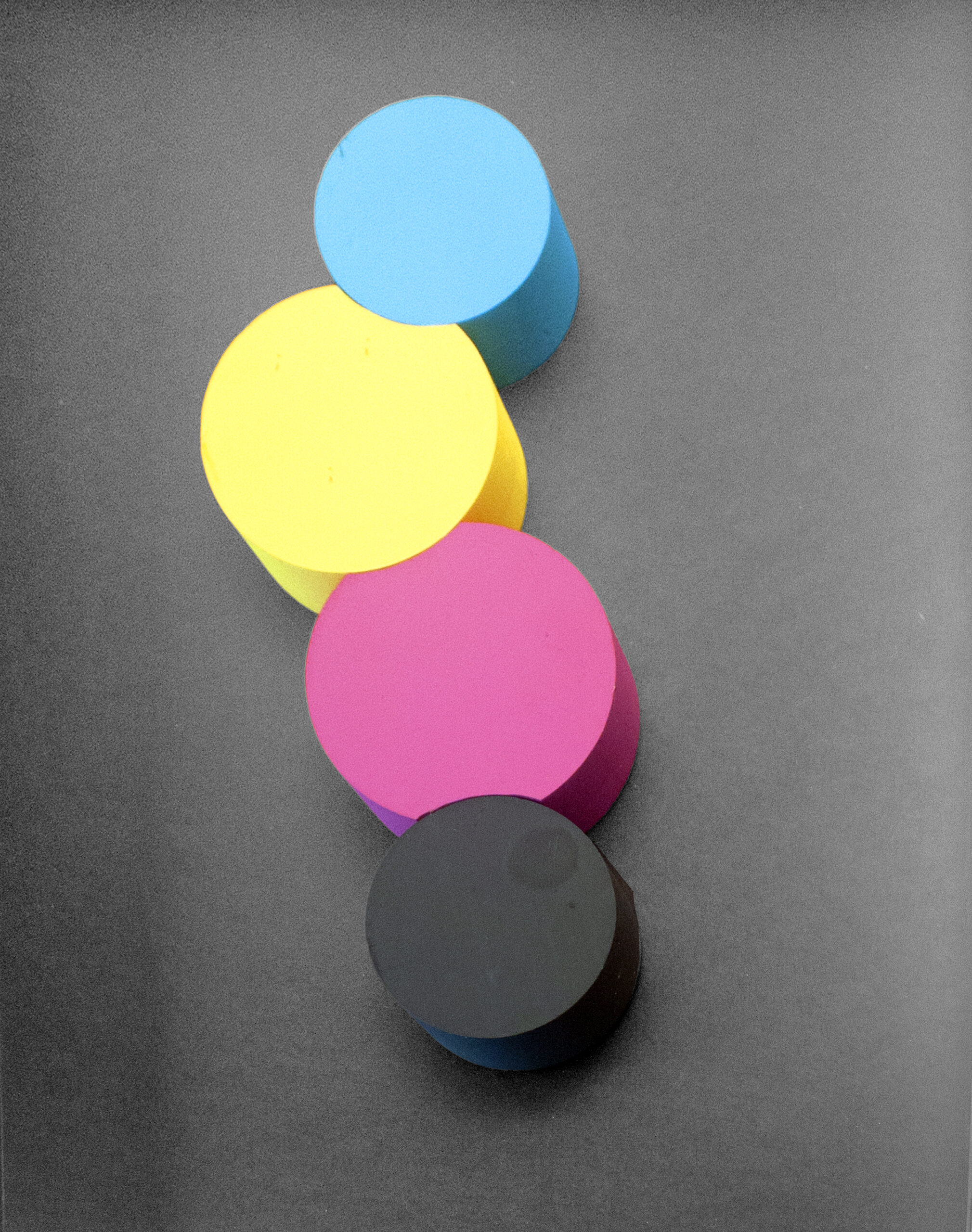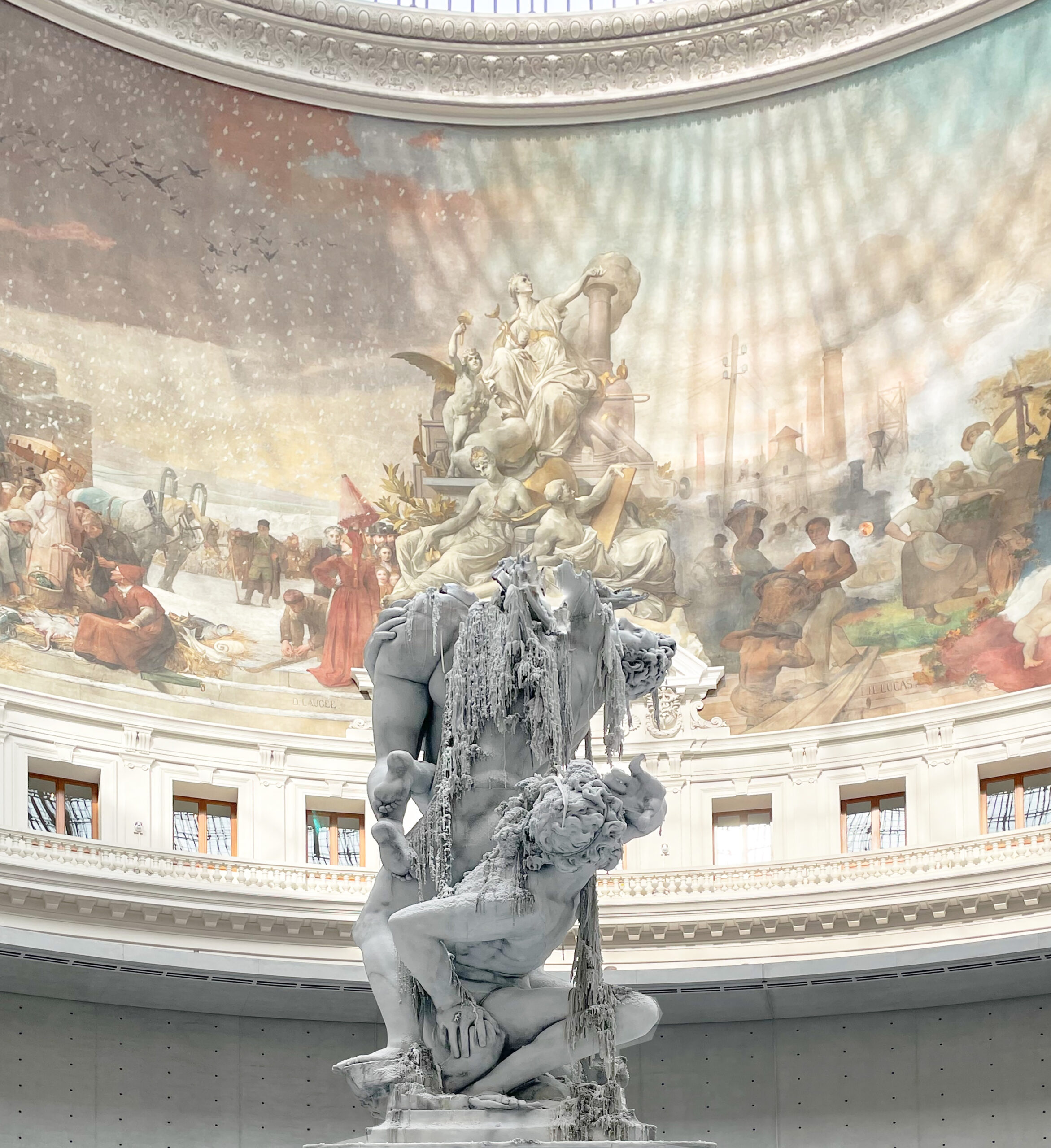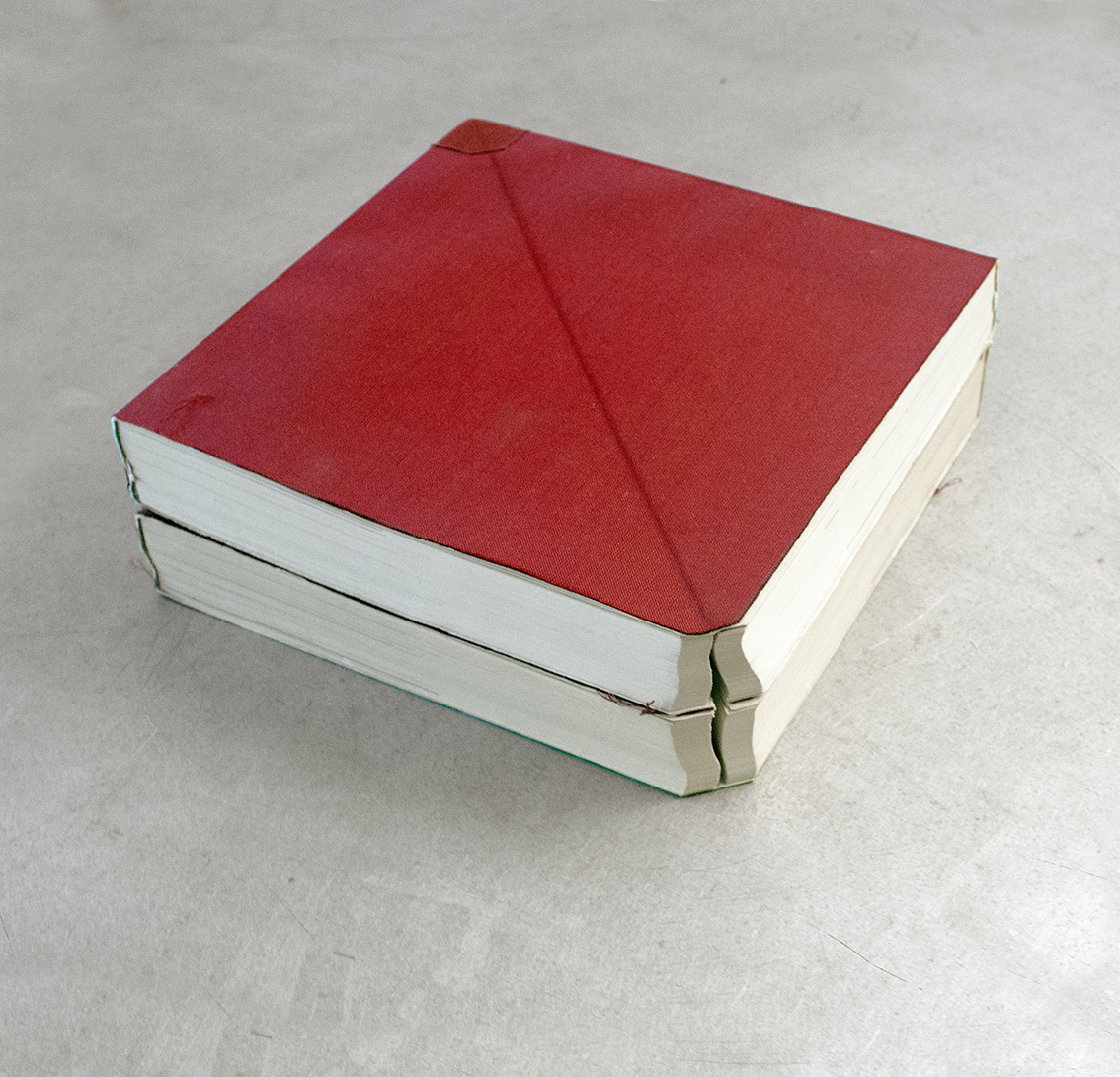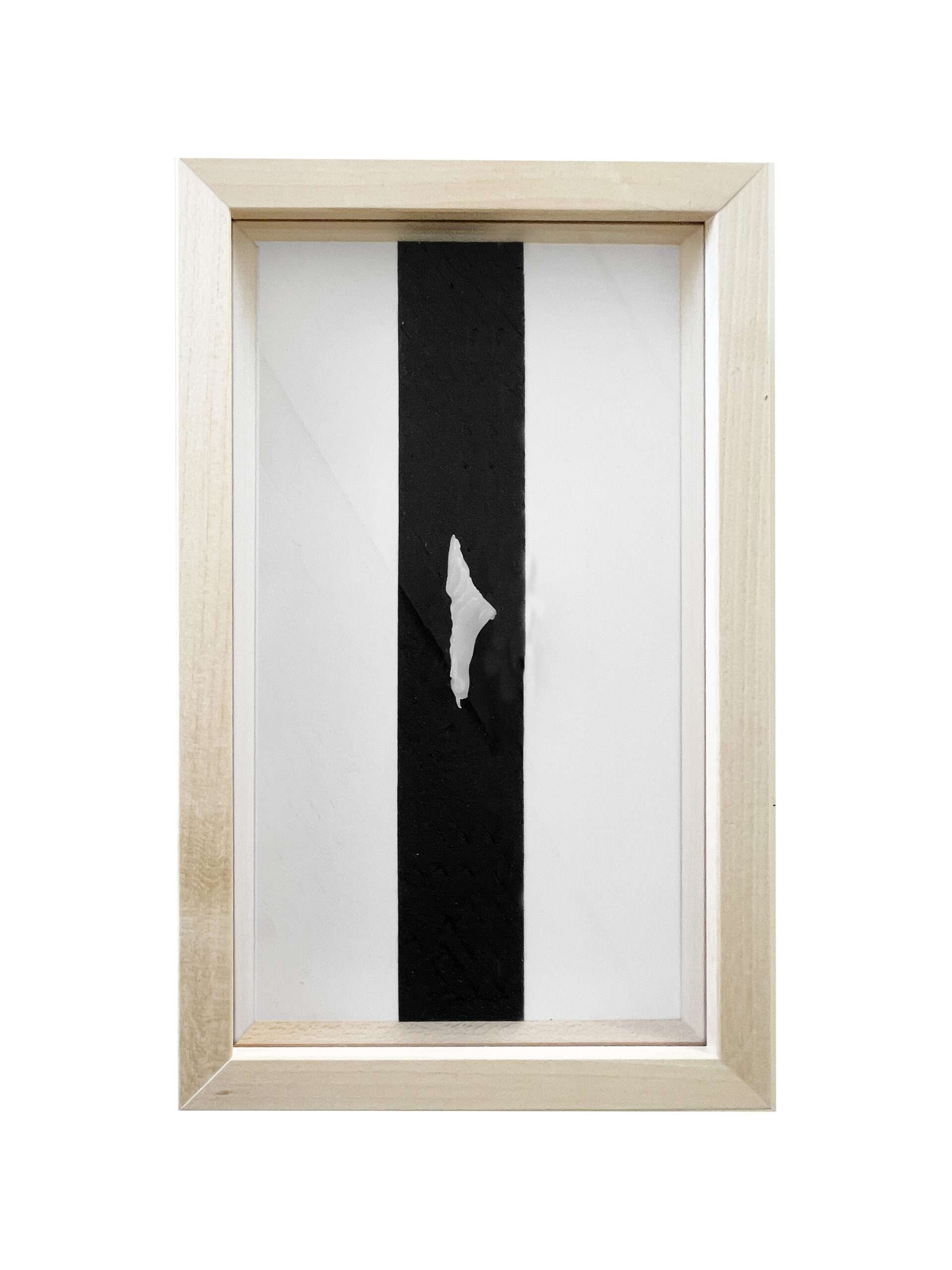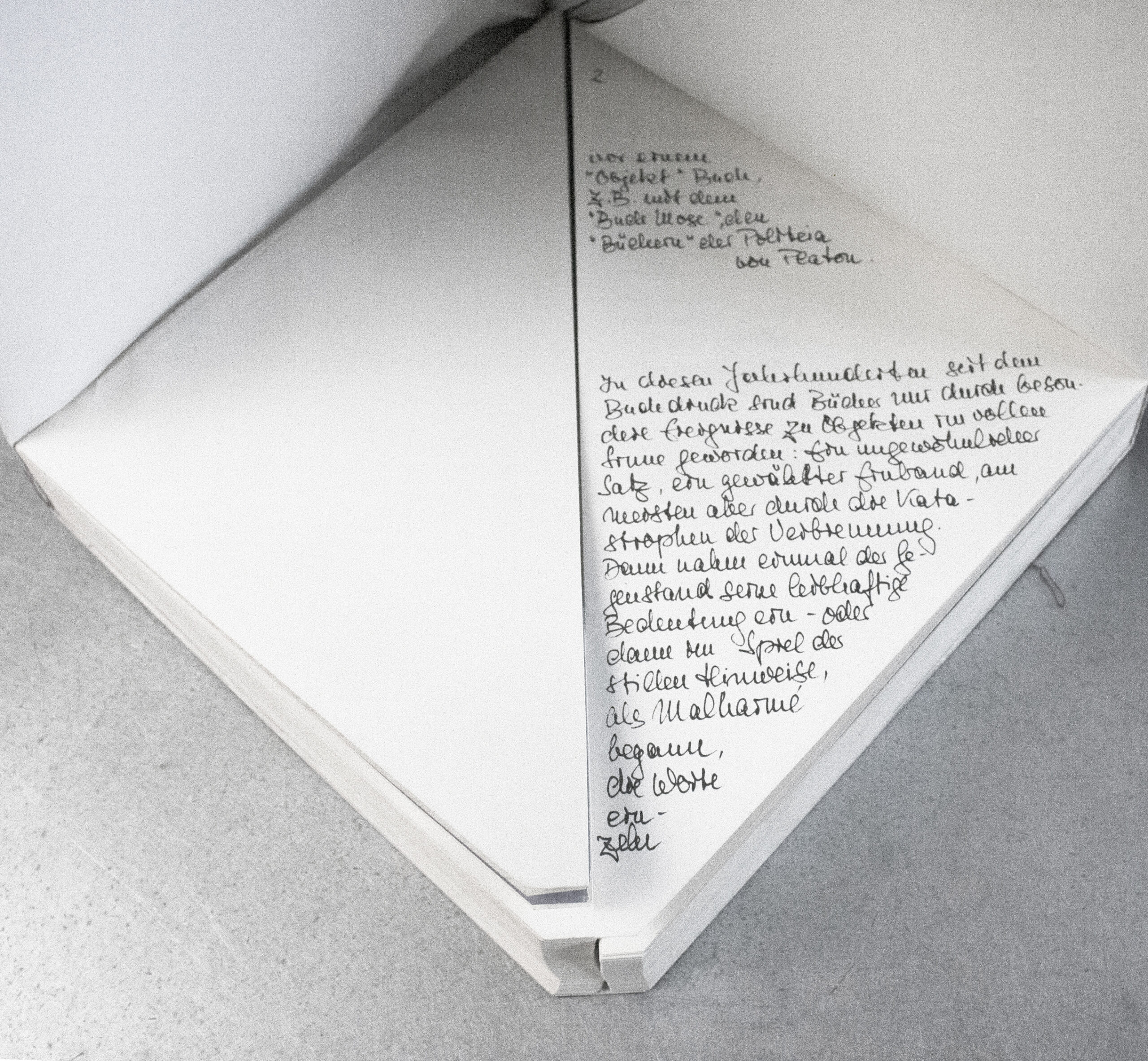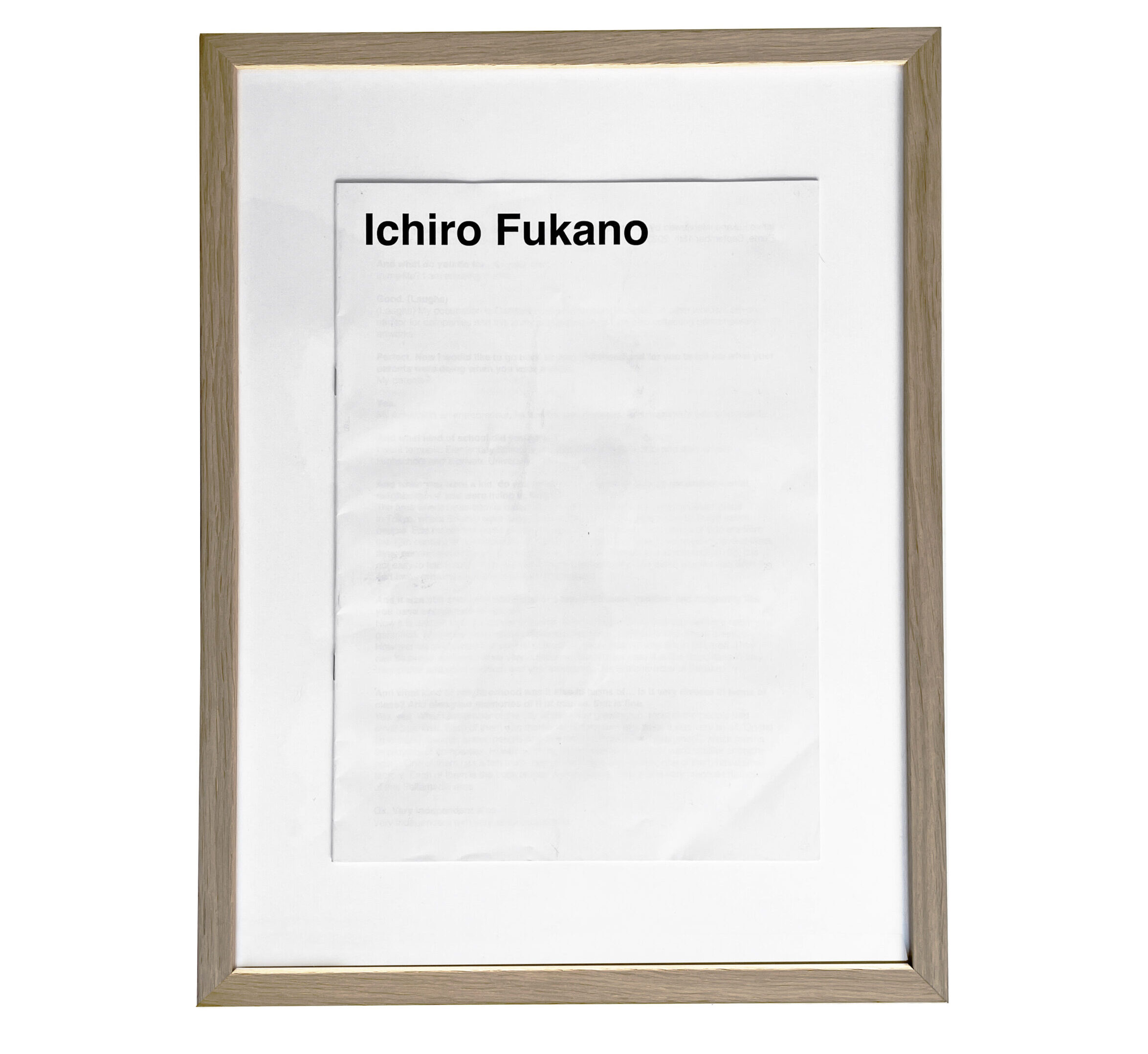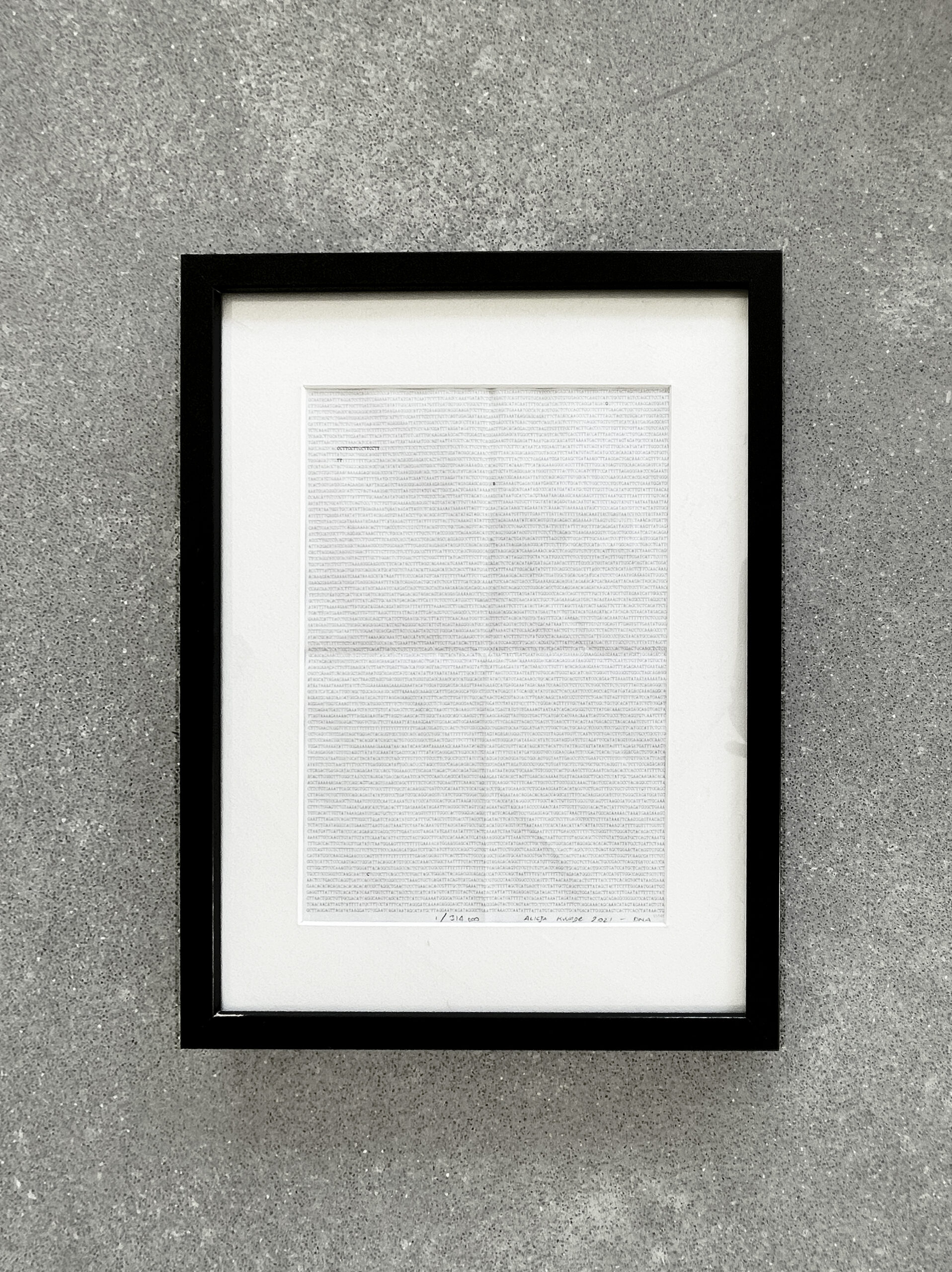FIVE WAYS TO DE-REIFICATE AN ARTWORK.
2021.
A) Hafner und Havekost. Hinweise für den Buchbinder 18,5cm x 18,5cm.
B) Alicja Kwade. (In Absence) Self-Portrait A4 printed sheet.
C) Lili Reynaud Dewar. Livrets Ishiro Fukano A4 printed sheet.
D) Urs Fischer. Untitled (Giambologna), 2011. wax fragment 4cm x 0.5cm x 0.3cm circa.
E) CMYK Dots. Street art installation. Colored Foam 50cm x 3cm x 20cm.
Description: Acquisition of five artworks fragments without buying, exchanging or without stole them.
“Five ways to dereificate an artwork” (2021-) like the project “This_is_not_the present” (2017-), is a open call for partecipation, an open source art project ready-to-go for appropriation. You are more then welcome to integrate both series.
“Five ways to dereificate an artwork” is the result of an gathering activity started in 2021 with the fortuits finding in a zu geschenke carton box of a suspicious red book from the recently passed away artist Eberhard Havekost, in Alt-Treptow street. The series began to make sense to me after an A4 printed paper sheet acquisition caused by a misunderstanding with a Berlinische Galerie guard.
The A4 printed paper sheet was actually one of the printed 314.000 sheets of paper part of the gigantic installation (In Absence. 2021) Self-Portrait by polish artist Alicja Kwade presenting artist fully sequenced DNA. The social, economic, artistic status of the five objects is quite interesting and I have to admit even my right of property is uncertain. There is eventually for some of them the possibility the acquisition was in the edge of illegality (without purpose). So, if you believe you may be entitled to property or restitution to one of the following piece, please let me know. After the second accidental acquistion, did I suddently start to became a collector without buying anything? This new status of “artist as collector” was exciting and somehow interrogating: what I´m start collecting exactly? Ones remouved from the previous context, the artworks fragments seems fluctuated in an area where their status of work of art is questioned, their value again unclear, maybe reduce to a relic. Is it just true that “the transformation of an object into an œuvre is equivalent, not metaphorically but substantially, to the transmutation of bodily waste into a holy relic ( Luc Boltanski citing Christian Boltanski) (1), to initiate this series sounds to me a good strategy to question the status of the holy relic itself, and to try to give some kind of new meaning for those pieces. Here it follows the list of the five works with a short description of the mode of acquistion. The order is cronological in respect of the finding/ remouving sequence. All fragments have been acquired without buying, exchanging, or without stole them. I acquired them surelly provisionally, during an often accidental and fortuitous special grey zone. The acquisition of the fragments without purchase, exchange or steal cause a kind of bilocation of proprety. Ironically this new status has been often open up by chances that generate some discomfort regarding ownership of the items. The possibility to get an object out of the normal frames of acquisition in capitalistic society is a matter of laws and its interpretation, still it is indeed a simple event extremelly complicated or difficult to be set up.
Let´s be clear, I did all I can to avoid to get in possession of those fragments illegally; I´m not sure they are mine and it is a pleasant feeling. Unlike Ulay stolen Carl Spitzweg´s painting “The Poor Poet” (Neue Nationalgalerie, December 12, 1976,) the remouving act don´t want to be a critique of art institutions. And unlike Gareth James stolen bike in the work “The Real is that which always comes back to the same place” 2008, the act of stealing, doesn´t solve in the case of an artwork the problem of authorial agency. As Gareth confessed: “Some low-level criminality has been of interest to me for a long, long time – an inevitable attendant notion when dealing with iconoclasm – and it occurred to me that the best solution to the problem of decentering the authorial agency of the artist at the level of material would be to steal something.” In Gareth work the ready-made strategy is differenciated using an exhausted proprety as first move instead using a new item from the mass-produced commodity market as Duchamp did. A stolen frame bike is an exhausted commodity, but still a commodity with an owner more or less motivated to get back her property. This strategy can not be applied to artworks because the acquisition of an artwork (or part of it) by the act of stealing would not bring (argubly) the status of the piece in the uncertain kind of proprety we need. The bilocation of the proprety status of the pieces question the relation between an object and its own acquisition and of course the possibility of exchange the piece in the future. The remouving act from a bigger unity during this uncertain zone of acquisition permits the artworks fragments to became a “special kind of stuff”. If they still preserve some historical and indexical connections with the original art piece and to the respective artist, the fragments also share now a particular destiny, what is maybe possible to be called dereification. This action may permit to reverse two kind of meccanisms. The first reversion is regarding the creation of value by (via) commodification and speculation: this remouving break permit a (reverable) zeroing of exchange value regarding the fragments. It could be maybe userful here to shortly break a bit through the idea of artwork value. This is necessary because the very concept of value hide an unavoidable problem when referred specifically to a work of art.
On the status of fragments: all the pieces in the series are only fragments of a bigger all-out somehow. In the case of Alicja Kwade´s piece the ratio is, without vagueness, matematical ( 1/314.000), for the Urs Fischer wax fragment this relation to the whole get more complicated because the piece has been melted during the exhibition at Bourse de Commerce in Paris. The gigantic sculpture Untitled (Giambologna), 2011 “works” throught its own distruction/trasformation, so after months of exhibition it got partially destroyed and/or divided in thousands of pieces. The street art CMYK Dots piece is part of a larger ongoing project: “1000 CMYK Dots piece in 100 cities and 10 different countries” as stated in artist website. The red book from Hafner und Havekost is simply part of a (uncomplete?) tirage 1/1000. The Lili Reynaud Dewar bookelet is a fragment of a complex 4 video installation plus 250 limited editions.
This status of fragments obliges the series to function as distributive nodes of access to contingental and relational meaning. With an extremelly reduced ground of materiality all the pieces point out the metaphysical nature of the artwork as relation between phenomenological experience and concepts as indirectly indicated already in early German romanticism poetry and re-actualizated by conceptual artists. This common formal direction is important becasue permit the work to keep as distant as possible the temptation to conceives the series as a unity. At the contrary it is open, incompleted, broken, fragmented indeed. The consistence of the work is to be searched elsewhere. It is interesting to note that this shared feature between conceptual art and early german romanticism is not the result of direct influence but the consequence of shared conceptual need. The conceptual art practices of the 60´regarding the fragmented form were also influenced by analytic philosophy and by Wittgenstein´s Philosophical investigation form and content legacy. Never the less the relation between the early German romanticism epistemological conception and conceptual art seems to be a profound one, it has been point out brilliantly by Peter Osborne in Art Beyond Aestetics. “Nonetheless, whether they knew it or nor (..) (Donald Judd, Robert Morris, Robert Smithson, Sol LeWitt, Adrian Piper, Mel Bochner, Joseth Kosuth (etc) were following the footsteps of what Schlegel called the “poetizing-philosopher, philosophizing poets of the 1790s, both in combining the roles of the artist and critic and the collective aspects of their practices.”(15) The role of the fragments in both productions is a shared form to indicate the same assumptions, again Osborne” The fragment acquires its philosophical meaning by being posited as the medium of reflection of this apparent contradiction between the finite and infinite aspects of an absolute knowledge.” Osborne go as far saying ”the work of art carries a metaphysical meaning in so far as it is a fragment”. In this respect the fragments in the “5 ways to dereificate an artwork” function seemly: to be relate to one of them permit to point out negativelly both to the whole as untrueness and to the activation of a chain of meaning and experieces. The fragments work as actualization in time of a concept, they are the result of a kind of ongoing process of brutal cooling down and drastic deceleration into matter opposed to the immaterial speed of the idea. Sentence used in Atheneum fragments, following this chain of though, got materialize in the same way and indeed keep the form of fragments.
